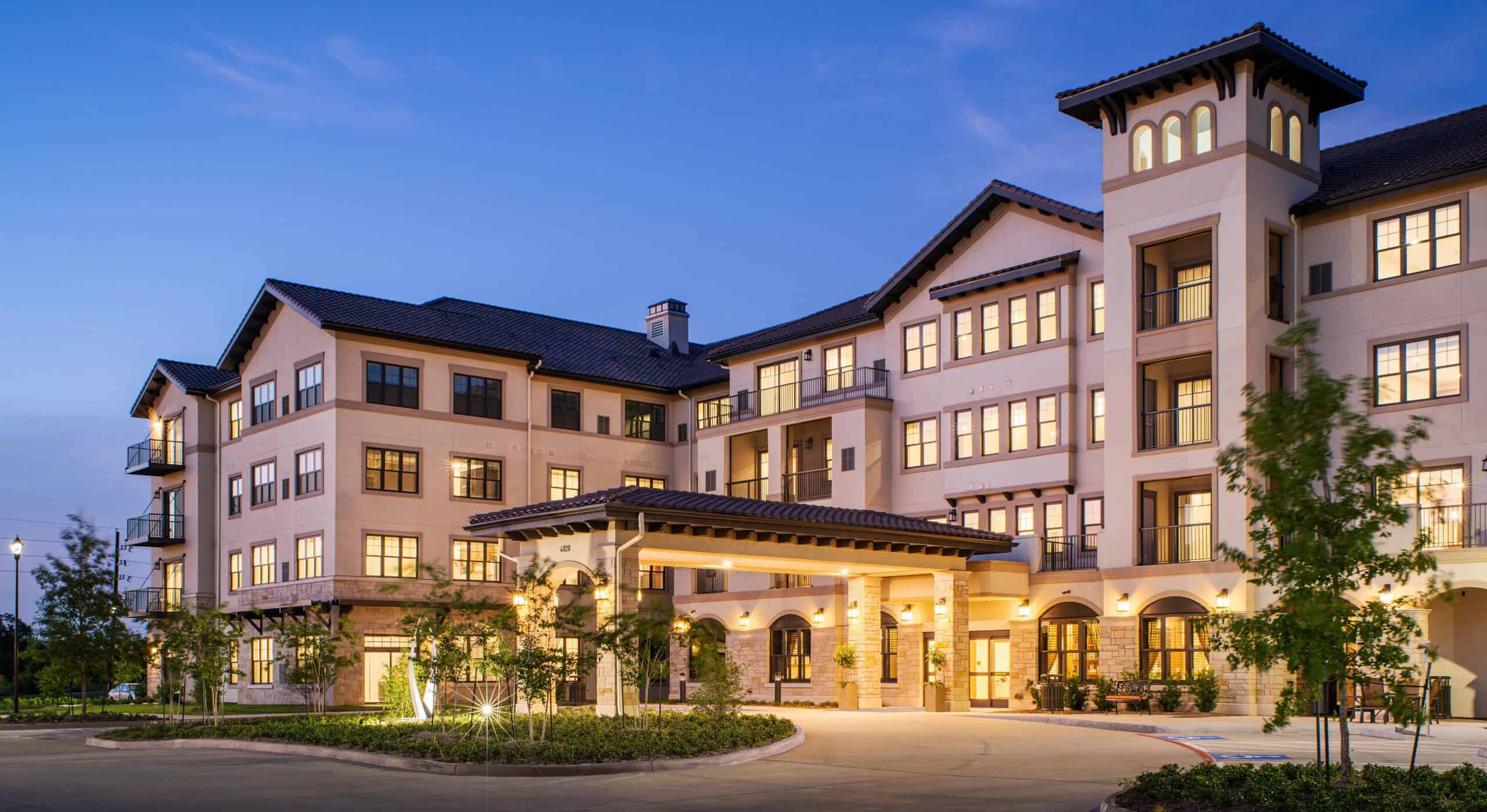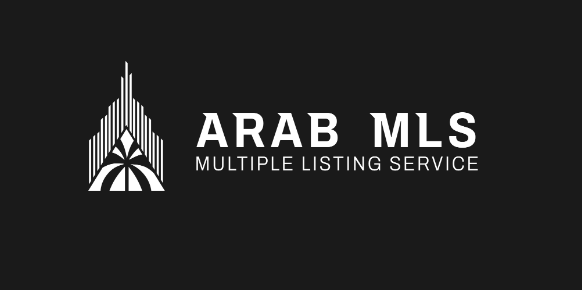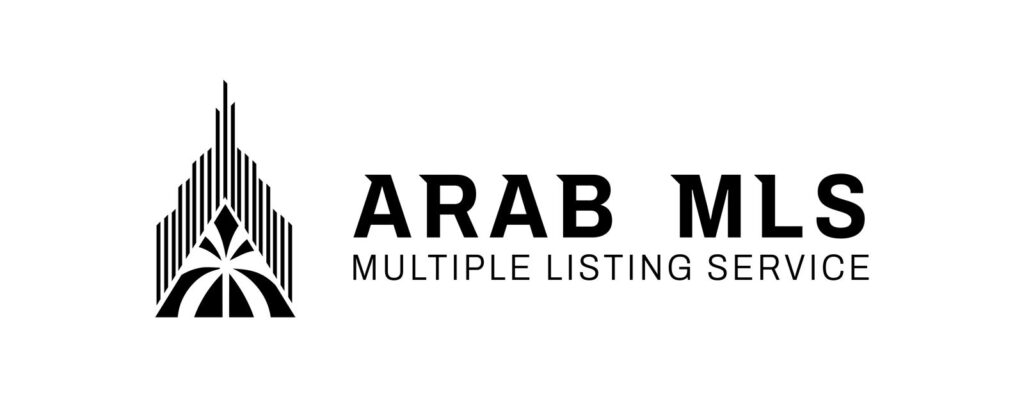In today’s real estate landscape, one of the most transformative developments for aging adults and their families is the ability to list senior living communities through the Multiple Listing Service (MLS). Traditionally associated with residential real estate transactions, the MLS is now beginning to play a vital role in the senior housing market. This evolution bridges a critical gap between real estate professionals and the growing demand for accessible, transparent, and streamlined options for senior living.
Understanding the MLS and Its Traditional Role
The Multiple Listing Service (MLS) is a cooperative database used by real estate agents and brokers to share information about properties for sale. It ensures visibility, accuracy, and cooperation among professionals, facilitating efficient property transactions. Listings on the MLS reach a wide audience through platforms like Zillow, Realtor.com, and Redfin, maximizing exposure for properties and providing consumers with comprehensive, real-time data.
Historically, MLS platforms have focused on traditional residential properties—single-family homes, condos, and rentals. Senior living communities, including independent living, assisted living, memory care, and continuing care retirement communities (CCRCs), have largely operated outside this system. Instead, they’ve relied on direct marketing, placement agencies, and private networks—creating fragmented access and often overwhelming the families trying to make informed decisions.
The Case for Senior Living Listings on the MLS
With the aging population rapidly increasing—estimates suggest that by 2030, one in five Americans will be 65 or older—the demand for senior housing is expanding accordingly. Listing senior living communities on the MLS addresses several key challenges in this space:
Transparency and Standardization
MLS listings require accurate, up-to-date property details, standardized formatting, and disclosures. When senior communities are included, it allows for more consistent information—floor plans, pricing, amenities, licensing status, and care services—empowering families to make informed choices more efficiently.
Expanded Access and Visibility
MLS syndication allows listed properties to appear on widely used consumer platforms. By listing senior living options this way, communities gain national exposure and tap into networks of real estate agents who can directly assist clients in transition—often seniors downsizing from their homes.
Realtor Involvement
Real estate agents are often the first point of contact for seniors considering a move. When senior housing options are on the MLS, agents can more seamlessly integrate them into their services. This offers a single, trusted pathway for clients navigating complex transitions from private homes to care-based communities.
Faster and More Efficient Transitions
Families often struggle with tight timelines when a loved one suddenly needs assisted living or memory care. Having MLS access simplifies the search, enables side-by-side comparisons, and shortens the decision-making cycle—critical during emotional and time-sensitive transitions.
How It Works: Listing Senior Living Communities
To list a senior living community on the MLS, some adaptations are needed. These include:
-
Categorization: MLS platforms must accommodate non-traditional property types. Some now allow for designations like “assisted living unit,” “independent living suite,” or “licensed care residence.”
-
Broker Partnerships: Senior communities often partner with real estate brokerages to list units or apartments as leases or sales, even if the model resembles a healthcare facility more than traditional real estate.
-
Lease vs. Purchase Models: Independent and assisted living units are often leased, not sold. MLS listings typically emphasize purchase transactions, so listing rental properties for communities requires working within or adjusting the platform’s parameters.
-
Compliance and Regulation: States have varying licensing and operational regulations for senior housing. MLS entries need to account for legal disclosures, licensure information, and service levels provided at the property.
Benefits for Key Stakeholders
Seniors and Families:
-
Access to professional guidance from real estate agents.
-
One-stop platform to evaluate multiple options.
-
Transparent comparisons of price, amenities, and services.
Senior Living Operators:
-
Increased exposure to qualified prospects.
-
Enhanced credibility through professional listings.
-
New referral streams through agent networks.
Real Estate Professionals:
-
Ability to offer expanded services to aging clients.
-
New revenue opportunities through leasing or referral commissions.
-
Differentiation in a competitive market.
Challenges and Considerations
Despite the potential, listing senior living communities on the MLS isn’t without challenges:
-
MLS Policy Variations: Not all MLS systems allow for or support the listing of senior housing, particularly those that function more like healthcare facilities than real estate.
-
Agent Training: Many agents aren’t familiar with the nuances of senior living. There’s a growing need for specialized certifications and training in senior real estate.
-
Service Misalignment: Not all communities want or need real estate representation, especially if they have large internal marketing teams or waiting lists.
The Future of Senior Living Listings
The inclusion of senior living communities on the MLS represents an important shift in how society approaches aging and housing. By bringing this industry into the mainstream real estate ecosystem, stakeholders can foster greater trust, efficiency, and dignity in senior transitions.
Several forward-thinking MLS systems and real estate firms have already begun to embrace this trend, working with technology providers to adapt listing structures and create new tools specifically tailored to senior housing. Moreover, the National Association of Realtors® (NAR) has been encouraging initiatives around Seniors Real Estate Specialist (SRES®) designations to ensure agents are prepared to support this demographic effectively.
Conclusion
As the senior population grows, the real estate industry must evolve to meet their unique needs. Listing senior living communities via the MLS is a forward-thinking approach that enhances transparency, accessibility, and support for aging adults and their families. By bridging the gap between traditional real estate and senior care, the MLS can become a powerful tool in delivering better outcomes for one of the most vulnerable and fastest-growing segments of the population.
The message is clear: senior living belongs on the MLS. And the sooner the industry embraces it, the better prepared we’ll all be to support a more dignified and efficient journey into aging.
Frequently Asked Questions
What types of senior living communities can be listed on the MLS?
Senior living communities that can be listed on the MLS typically include:
-
Independent Living Communities: For active seniors who need little to no assistance. These units often resemble apartments or condos and may be listed as rentals or purchases.
-
Assisted Living Communities: These provide help with daily activities like bathing, medication, and meals. While many units are rentals, some may be structured as real estate transactions.
-
Memory Care Units: Specialized for seniors with Alzheimer’s or dementia. These are usually rentals and may require specific regulatory disclosures.
-
Continuing Care Retirement Communities (CCRCs): These offer a continuum of care from independent living to skilled nursing. Listings may involve entrance fees, buy-in options, or lifetime leases.
While not all senior communities are structured as real estate transactions, they can still be listed on the MLS as long as the platform supports rental or lease listings and regulatory requirements are met.
Can a real estate agent list a senior living apartment if it’s a lease and not for sale?
Yes, many MLS systems support rental listings, especially in larger markets. Real estate agents can list senior living apartments as rental units, provided the local MLS allows it and the listing complies with all state and local regulations. It’s essential to include:
-
Monthly rent and fees
-
Required entrance fees or deposits
-
Details about care services
-
Age restrictions (e.g., 55+ community)
-
Licensure and accreditation information (if applicable)
In some cases, communities may partner with brokers who specialize in senior housing rentals to manage listings effectively.
What information should be included in an MLS listing for a senior living community?
A complete MLS listing for a senior living unit should include:
-
Unit type: Studio, 1-bedroom, 2-bedroom
-
Price structure: Monthly rent, entrance fee, or purchase price
-
Included amenities: Meals, housekeeping, transportation, activities
-
Care services available: Assistance with daily living, memory care, medication management
-
Community features: Dining rooms, fitness centers, walking trails, security
-
Eligibility requirements: Age restrictions, medical evaluations
-
Licensing and accreditation: Required in most states for assisted or memory care
Providing thorough, accurate details helps families make informed decisions and minimizes misunderstandings.













